With 5000 yuan, you can play well in the crypto circle and earn 100,000 USDT, which is over 700,000 RMB!
This year in 2025, I will challenge myself to turn 500 USDT (approximately 3800 RMB) into 100,000 USDT, suggesting a ladder-style rolling strategy +:
In one month's time, the return rate reached 1483.67%, earning 100,000 USDT!
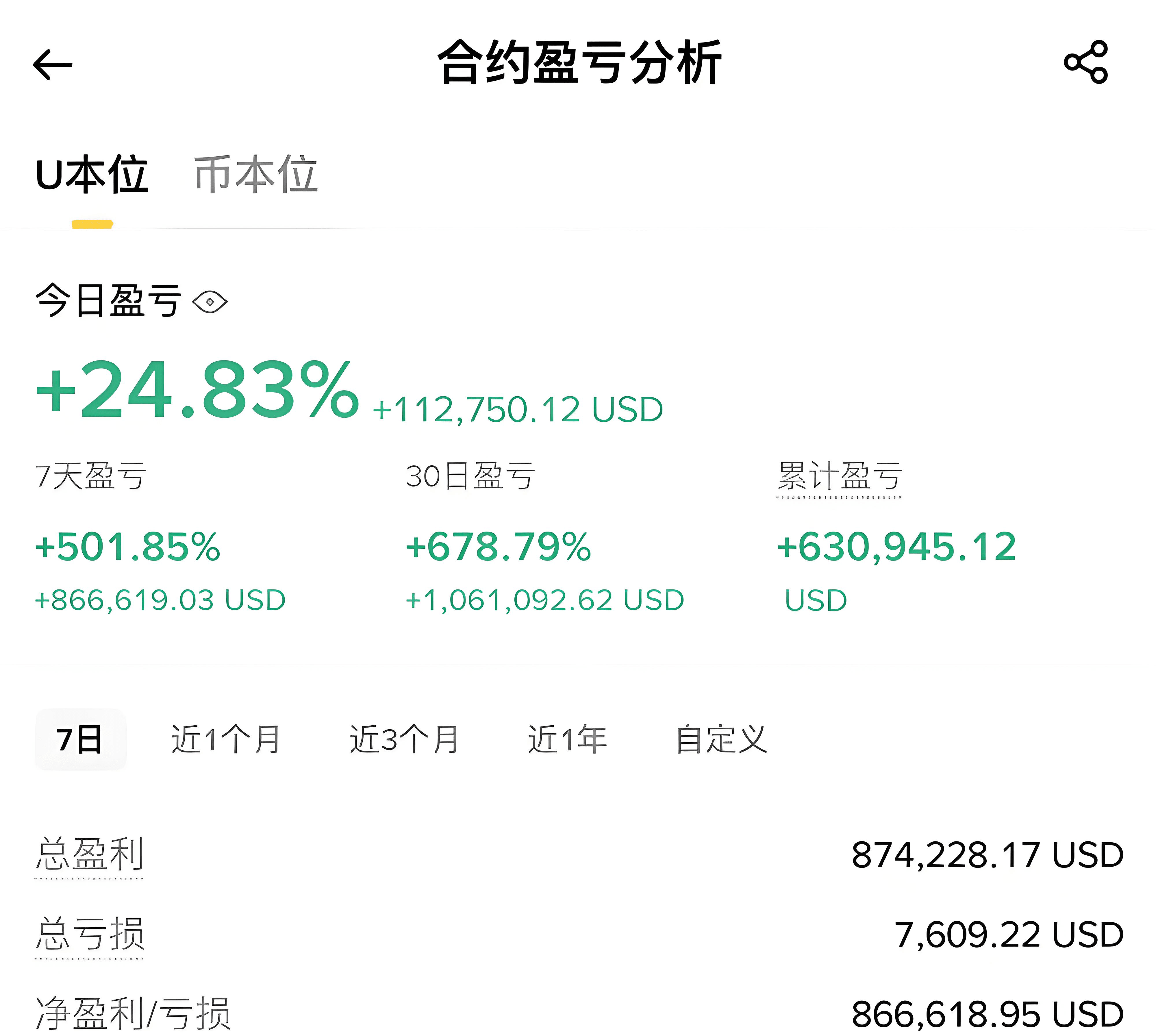
The first phase uses 100 USDT per trade as a combat unit, focusing on contract gaming in hot coins, strictly setting a 3%-5% stop-loss and an 8%-15% take profit. Using the classic three-stage model +: 100 USDT → 200 USDT → 400 USDT → 800 USDT (all profits reinvested). Special note: the upper limit for passing stages is set to 3 times; even if the first 9 times are successful, one liquidation can wipe out profits.
After successfully passing three stages, the capital will accumulate to 1000 USDT + a reserve of 200 USDT. At this stage, a compound strategy system will be activated:
[Lightning War+] Ultra-short cycle gaming
Allocation ratio: 15%-20% position (150-200 USDT)
Focus on: BTC/ETH and other mainstream coins
Time frame: 15-minute level fluctuations
Profit and loss characteristics: high volatility (daily returns can reach 20%+, with equivalent drawdown risks)
[Defensive Battle+] Strategic layout
Allocation ratio: 5%-10% position (50-100 USDT)
Operational model: 10x leverage layout for 4-hour level market conditions
Profit management: withdraw 50% of profits weekly to invest in BTC.
Core advantage: balancing short-term volatility with long-term value accumulation.
[Destruction Battle+] Trend capturing
Allocation ratio: 20%-30% flexible positions
Operational requirements: must meet ① clear trend line breakthrough ② RSI <30/70 oversold buying area ③ 3-day volume anomaly
Holding period: 3-15 days for medium-term holding
Risk control key points: set a profit-loss ratio of 1:3 or higher and adopt a mobile stop-loss strategy.
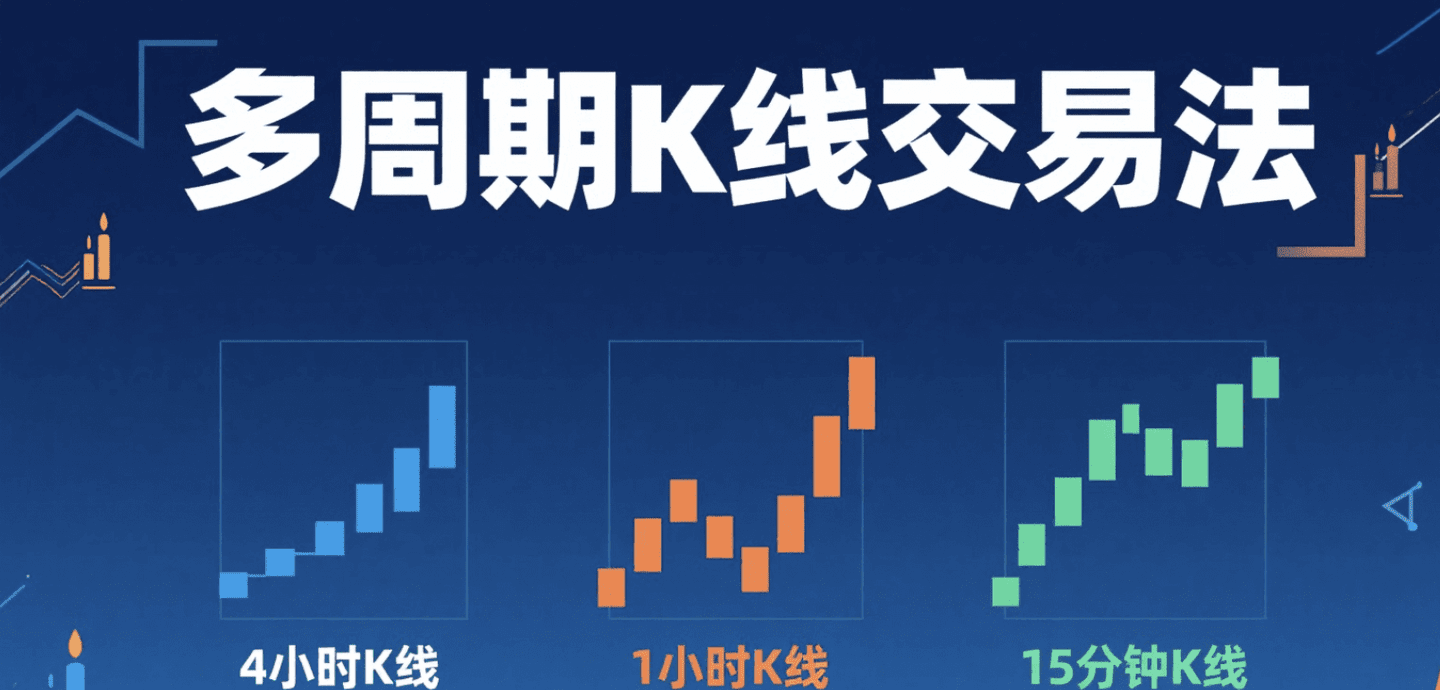
Today, I’ll share with you my multi-cycle candlestick trading method that I’ve used for 9 years, with three simple steps to help you determine direction, points, and timing (I suggest liking and saving this so you don’t lose it next time).
Three steps to help you determine direction, points, and timing.
When I first entered the crypto circle, I also focused intently on the 1-minute candlestick, with my heart racing up and down with the candlesticks. The result was either buying high or selling low, repeatedly 'educated' by the market. It wasn’t until later when a technical master pointed it out that I realized the problem lay in focusing on just one time frame!
1. 4-hour candlestick: determine direction and observe the big picture
This cycle is long enough to filter out short-term noise and make the trend clear:
- Uptrend: both highs and lows increase synchronously → buy on dips during pullbacks.
- Downtrend: both highs and lows decrease synchronously → short during rebounds
- Sideways fluctuation: prices fluctuate back and forth within a range, easily leading to losses; frequent trading is not recommended.
Remember: trading with the trend has a higher win rate; going against the trend only leads to losses.
2. 1-hour candlestick: delineate ranges, find key points
After determining the major trend, use the 1-hour chart to lock in support/resistance levels:
- Approaching trend lines, moving averages, and previous lows may be good entry points
- Approaching previous highs, significant resistance points, or when a top pattern appears, one should consider taking profits or reducing positions.
3. 15-minute candlestick: take action, seize the timing
This cycle is only responsible for finding entry timing, not for looking at trends:
- Wait for small-cycle reversal signals at critical price points (such as engulfing patterns, bottom divergence, golden crosses) before acting.
- Only breakthroughs combined with increased trading volume are reliable; otherwise, it is easy to encounter false moves.
Steps for multi-cycle coordination:
1. Set direction: Use the 4-hour chart to determine whether to go long or short
2. Identify areas: Use the 1-hour chart to mark support or resistance zones
3. Precise entry: use the 15-minute chart to identify 'last-minute' entry signals
A few key reminders:
- If multi-cycle directions conflict, it is better to stay out and observe rather than take uncertain trades.
- Small cycle fluctuations are fast, so stop-losses must be set well to avoid being swept repeatedly.
- The combination of trend + position + timing is much more reliable than blindly guessing at candlesticks.
This set of methods is my 'secret technique' for stable profits over six years; whether you can use it well depends on your willingness to look at charts and summarize.
In the crypto circle, making 1 million requires either a bull market and holding on, betting on a coin that skyrockets, or relying on high leverage to bet in the right direction. But most people lose money, so don’t just look at wealth stories; first, think clearly about the risks you can tolerate.
If you are also a tech enthusiast in the crypto circle, click on my profile.
Tap on my avatar to follow me for first-hand information and in-depth analysis!

'Can stubbornly holding on really save you? 90% of new traders die from these four 'stubborn hold strategies.' The strategy of stubbornly holding on to losses can be seen as a trap for beginners and a redemption for veterans.
It is well known that the choice of trading strategy has over a 50% impact on future success, while the remaining 30% to 40% of factors for success or failure depend on the effectiveness of strategy execution.
These factors are directly influenced by the chosen capital management model and largely depend on how you manage the trading process and control risks.
Currently, there are already more than ten types of capital management models and trading management methods, which can generally be divided into two categories: stop-loss strategies and stubborn hold strategies (i.e., strategies waiting for losses to recover).
Stubbornly holding on to losses is a risk management method where traders either completely do not set stop-losses or set a very large stop-loss range, while simultaneously setting a very small profit target.
Reasons and application scenarios for the use of stubborn hold strategies
Unfortunately, this strategy is often the one most commonly adopted by market novices, ultimately leading to significant losses or even liquidation.
The use of this strategy mainly stems from psychological factors of traders, such as denial of their erroneous judgments and the impulse to 'fight against the market.'
Not only beginners but many experienced traders also choose to stubbornly hold in the hope of a market reversal.
Although the stubborn hold strategy is generally viewed as negative and not recommended, it does have its certain logical basis.
For example, the cryptocurrency market essentially fluctuates within certain ranges, and these fluctuation ranges are jointly determined by the political and economic conditions of the countries that make up the currency pairs.
The market is not static but oscillates back and forth within a certain range, with prices often touching the edges of the range before rebounding, frequently returning to the starting point.
During periods of high volatility, many traders choose not to set stop-losses because they are frequently triggered, trying to 'tough it out' while waiting for prices to return to the original point.
Four types of 'stubbornly holding losses' strategies and their applicable situations
1) The stubborn hold strategy with large stop-losses and small profits
This strategy often appears among traders using scalping or spread trading strategies, many of whom are not even aware they are using stubborn holds.
For example, when spread traders enter a trade, considering the impact of spreads, the price is already unfavorable for them, and a slight market fluctuation may trigger a small stop-loss.
Therefore, scalpers and spread traders have to significantly widen their stop-loss ranges while compressing expected profits to ensure they can profit from just a 5-point price fluctuation, rather than being stopped out by a 10-point reverse fluctuation.
2) Averaging down losses through increased positions (Martingale)
Whether for beginners or veterans, there is always controversy over the Martingale strategy, but this capital management method is essentially a form of a stubborn hold strategy.
The Martingale strategy typically does not set stop-losses but instead relies on continuously increasing positions to capitalize on market cyclicality for small profits during rebounds.
However, once the market enters a one-sided trend, this strategy can have a devastating impact on traders' accounts.
3) Wait for losses to recover through locking positions
Although locking positions can temporarily 'freeze' the current loss state, traders usually do not truly stop losses but continue to seek opportunities for 'turnaround.'
The result is often that they first close profitable orders to preserve some profits while continuing to hold losing orders, hoping for a market correction to reduce losses.
4) Completely no stop-loss
Many traders, out of fear of stop-losses, completely abandon stop-loss strategies, relying on market cyclicality, hoping that prices will eventually turn around and bring profit.
But the reality is that once faced with a sustained trending market, a trader's account may suffer significant or even irreversible losses.
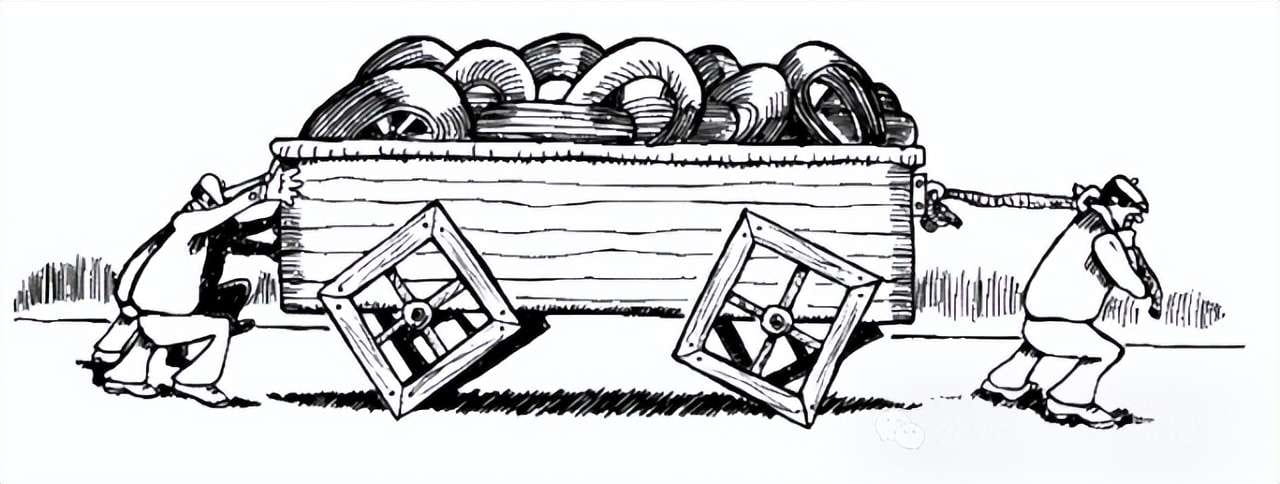
Analysis of the applicability of the stubborn hold strategy
The crypto market is not a place suitable for 'stubbornly holding on.' The combination of high volatility and high leverage can instantly wipe out account funds.
But in certain cases, the stubborn hold strategy may have some rationality. For example, long-term investors holding stocks in the stock market to obtain dividends; during periods of technical adjustment after a gap move, they cannot stop losses in the short term and can only wait for prices to return to reasonable ranges.
Summary
For day traders, the stubborn hold strategy is akin to 'slow suicide.'
But for long-term investors, especially those with large amounts of capital in crypto trading, this strategy is a normal component of the trading process.
As the old saying goes: there is no right or wrong in strategy; it depends on who you are and what kind of trade you are making.
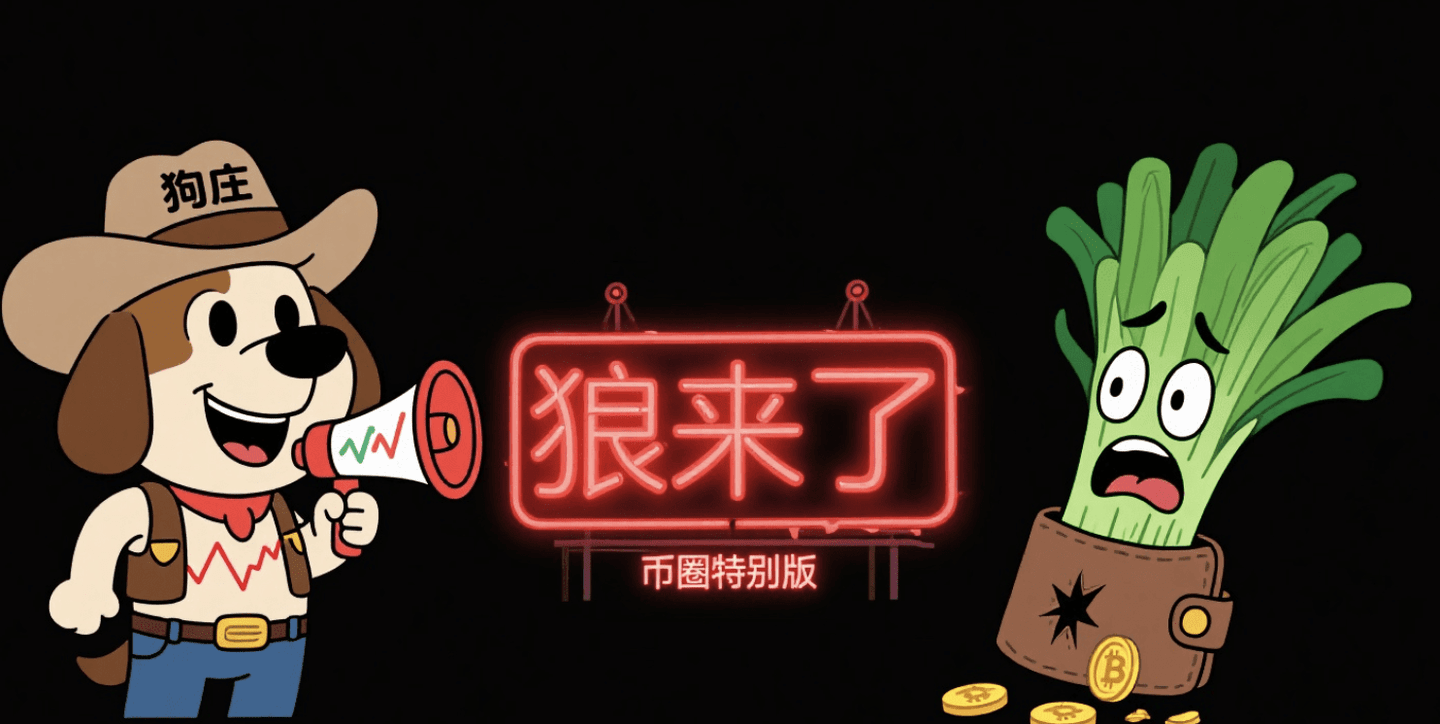
(The Wolf is Coming) Special edition for the crypto circle: Don’t let your money die in 'disbelief.'
Once there was a shepherd boy who shouted 'the wolf is coming' every day, fooling the villagers. Later, this boy mingled in the crypto circle, renamed 'the dog farm,' and played new tricks—
First round: The bull is coming? Or is it the sickle coming?
The dog farm drew a big bullish line on the candlestick chart, shouting loudly: 'The bull has arrived! Load up on positions!'
Retail traders stare at the soaring market, their heartbeats faster than the MACD, and their speed in going all-in rivals that of snatching red envelopes.
Result? Just after the second hand passed twelve, the candlestick suddenly 'spiked' through the floor, then 'closed the door' on the exit, and the wallet balance went from 'full' to 'lightning' ⚡️
Second round: Is this really it...?
After a half-month silence, the dog farm came out again with a loudspeaker: 'BTC is about to break its previous high! Don’t miss it!'
Retail traders touched their scars from the last cut, hesitating to 'trust one last time,' tiptoeing into the market with half their positions.
Result? The candlestick seemed to hit a 'pause button', sideways declining for three months, with the account balance quieter than a wooden fish in a temple—too lazy to move.
Third round: When the 'wolf' really comes knocking
The dog farm called out for the third time, their voice sincere with 'this time we mean it': 'The ETF has been approved! Super bull market has started!'
Retail traders rolled their eyes, sneering: 'I've seen through all your tricks; do you think you can fool me? No way!' Some even cut their losses and swore 'never to touch the crypto circle again.'
Result? When dawn breaks, the candlestick looks like it has taken off like a rocket, breaking through new highs...
Retail traders stared at the screen, their pupils wider than bullish candlesticks: '??? Where’s my money? Where's my position?'
Epilogue
The dog farm counted the doubled profits, sneering at the candlestick:
'The wolf coming is not scary, what’s scary is—when the wolf really comes, you’ve already shot all your bullets into the floor, and you don’t even have the strength to open the door.'
Next time when the market calls 'the bull is coming,' don't rush in or out—first check if you have enough bullets in your wallet, then think about whether you can withstand the loneliness of 'the wolf hasn’t come.' After all, the most painful thing in the crypto world is not being scammed, but that when the truth comes, you have already left the market.
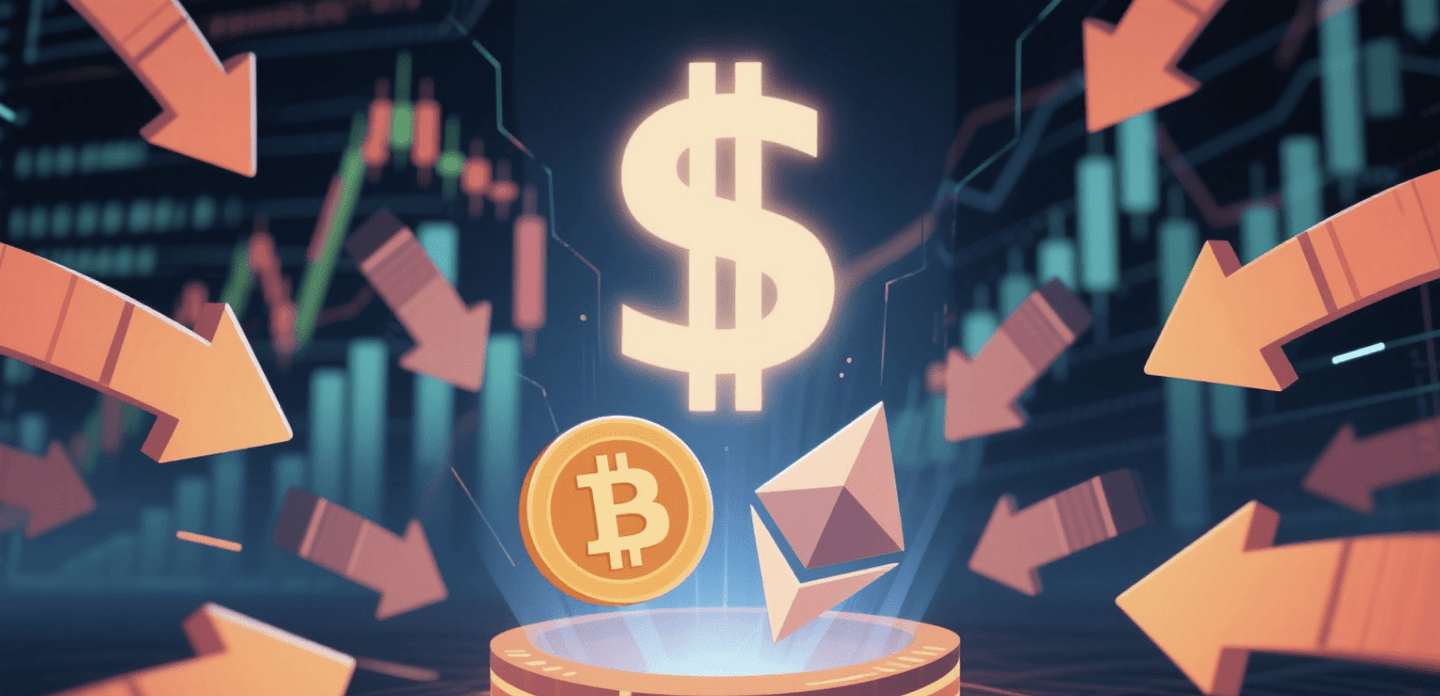
The path of top traders' cultivation
True trading experts never stop at technical proficiency; they focus more on cultivating their mindset. They use the market as a mirror, refining themselves through the ups and downs, and have carved out a unique path of practice:
1. Zeroing mindset, steady as a rock
Every trade is a trial of the heart. When profitable, they do not show joy; when cutting losses, they do not panic or choose recklessly; their emotions remain as steady as a rock. For them, trading is not just about the fluctuations of funds but also an opportunity to optimize strategy and cultivate mindset through each reflection.
2. Every trade has deep meaning
There is no 'invalid trade'; each trade is a slice of understanding the market, an opportunity to adjust mindset, and a step to refine skills. They do not seek instant riches but pursue long-term stability—flexibly gaming with small funds when possible, decisively seizing profits when they arise, and stopping losses to wait for the right timing when breakthroughs are difficult.
3. Patient and precise like a hunter
Like a seasoned hunter lying in wait, never acting lightly without full assurance. They would rather miss a vague opportunity than enter blindly. Skilled traders know: in trading, 'knowing what not to do' is often more crucial than 'knowing what to do.'
4. Prioritize the big picture, act in accordance with the trend
Keep a close eye on macro trends and the direction of major cycles; once a clear trend emerges, follow it without any personal bias, fully integrating into the market's rhythm. Do not go against the trend, only then can you act in accordance with it.
5. The wisdom of reduction, the cultivation of realms
Reducing desires means reducing risks. The less desire, the more acute the perception of the market, and the higher the realm. When wealth accumulates to a certain stage, it returns to its essence—trading no longer feels like gaming but more like dancing with the market, balancing tension and relaxation, free and easy.
6. Self-reflection, mastering emotions
Do not attempt to predict the market; focus solely on following market actions. Use each trade to reflect on your emotional fluctuations, and through continuous self-reflection, make trading as natural as breathing, maintaining clarity and calmness in your heart.
7. The market is a mirror of the mind
When emotional fluctuations approach zero, traders achieve ultimate calmness, not being deceived by the market's surface. When the mind is not entangled by external circumstances, they can respond calmly and skillfully to any market changes.
In the crypto circle, making 1 million requires either a bull market and holding on, betting on a coin that skyrockets, or relying on high leverage to bet in the right direction. But most people lose money, so don’t just look at wealth stories; first, think clearly about the risks you can tolerate.
If you are also a tech enthusiast in the crypto circle, click on my profile.
Tap on my avatar to follow me for first-hand information and in-depth analysis!

